OPINION: Don’t Use #StopAsianHate To Delegitimize #BlackLivesMatter
Don’t Let White America Weaponize Asian Pain Against the Black Lives Matter Movement.
In the wake of the Georgia mass shooting that led to the death of six Asian women, the recent spike in hate crimes against the Asian American Pacific Islander (AAPI) community and the toxic rhetoric in calling the coronavirus an anti-Asian tagline, you need to remember that Black lives still matter.
Let’s state a fact right now: this nation is built on the idea of white supremacy. I’ve been seeing a lot of arguments pitting minority groups against each other when one assailant of a hate crime against Asian Americans happens to be a Black or brown person. This mindset perpetuates the myth that Asian Americans are the model minority.
Let’s dismantle that argument.
The model minority myth states that Asian Americans are the successful minority group in the United States because they were able to overcome the challenges of immigrating to a new country, and assimilate into mainstream culture. Success is measured by income, socioeconomic status, low criminality, education level, marital stability and other factors.
However, Asian Americans aren’t a monolith. This myth doesn’t consider the plethora of Asian American experiences. My fifth-generation Japanese American experience isn’t the same as my classmate’s arrival to this country only a few years ago from Vietnam. This country has poorly quantified Asian American success rates because culturally distinct groups are lumped together into one category.
For example, East Asian Americans and Indian Americans tend to succeed economically, but Southeast Asians like Nepalese and Burmese populations in America live in poverty, with nearly 35% of Burmese people living below the poverty line. Other groups like Hmong and Laotians in America are expected to stay home to help their parents financially instead of attend college.
Now that we’ve addressed the disparity of success among different Asian American groups, let’s address the contradiction of the model minority myth used by white America only for its convenience.
Which one is it? Are we a token minority? Are we scary disease-carrying foreigners? Are we “kawaii”? (Kawaii in Japanese means “cute,” and is often associated with the adorable and cuddly Japanese aesthetic.)
The model minority myth systematically falls apart throughout history and it’s doing so now. For example, the U.S. passed racist legislation such as the Chinese Exclusion Act to suspend immigration from China in 1882. However, the U.S. later passed the Magnuson Act in 1943, which overrode the former, fearing the previous anti-Chinese policy would hurt the U.S.’s allyship with China during World War II, even though the U.S. was spewing anti-Chinese, Red Scare sentiment around the same time.
In another instance during the war, President Franklin Roosevelt ordered Executive Order 9066 to authorize the internment of nearly 120,000 Japanese people during World War II, yet the U.S. later celebrated Japanese American’s assimilation to American culture to stifle the Civil Rights Movement in the 1960s.
Today, the U.S. spews racist slurs like “China Virus” to blame its incompetence in combating the coronavirus pandemic – leading to an increase in anti-Asian hate crimes throughout the U.S. – yet convince Asian Americans that affirmative action works against their favor and should therefore ban its practice for other minority groups.
We are used as a scapegoat for the U.S. to ignore its responsibility for past, present, and future consequences of racism and enslavement of Black people. Instead of facing the consequences and taking action to address the widening societal inequality, it simply points to the AAPI community and says, “If Asians can do it, why can’t Black people?”
We are put on a pedestal despite having been humiliated throughout modern history: Mickey Rooney’s disgusting yellowface performance in “Breakfast At Tiffany’s,” overused stereotypes like “Asians can’t drive,” and pop culture depicting Asian women as exotic sex objects. While these examples seem harmless, these subtleties compound badly enough until a crusty white guy suddenly thinks it’s ok to murder eight people due to a sex addiction he feels to Asian massage parlors.
We need to remove the wedge that’s driven between communities of color. We are all living under the shadow of white supremacy, and white people have no right to weaponize the Asian American struggle against the Black community. One minority group’s struggle doesn’t invalidate another’s.
Generational trauma for Black Americans is exceptionally noticeable and ignored in our current system. Slavery, Jim Crow and segregation were not that long ago, but redlining and housing discrimination has taken its place and currently destroys chances for Black people to build generational wealth.
To dig even deeper, America’s original sin was stealing indigenous land. We have so many problems we have yet to acknowledge, and we still fight over semantics of which minority groups have it worse.
What happens in the Asian American community does not take away from the fact that Black and indigenous lives matter, and white people have no right to weaponize the Asian American struggle to justify their anti-Blackness.


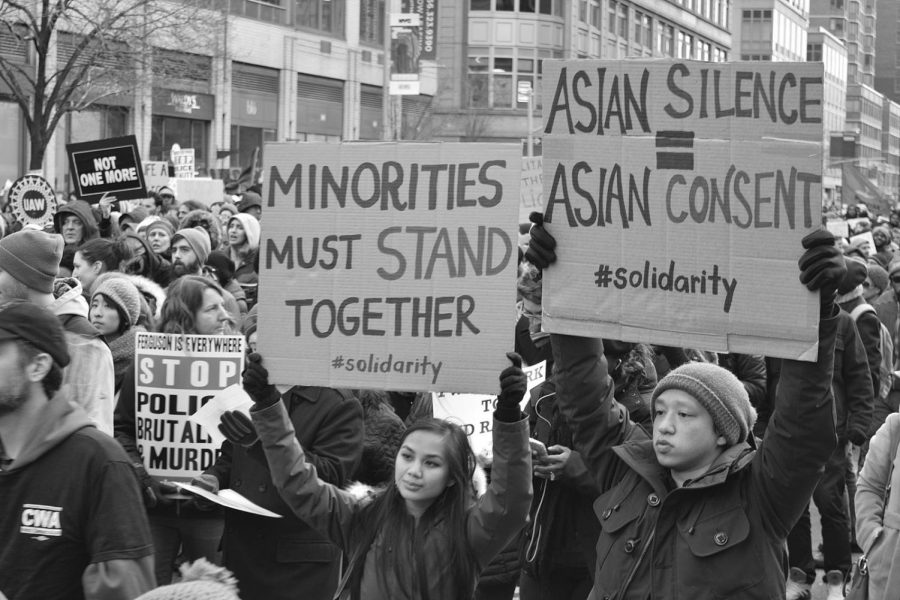
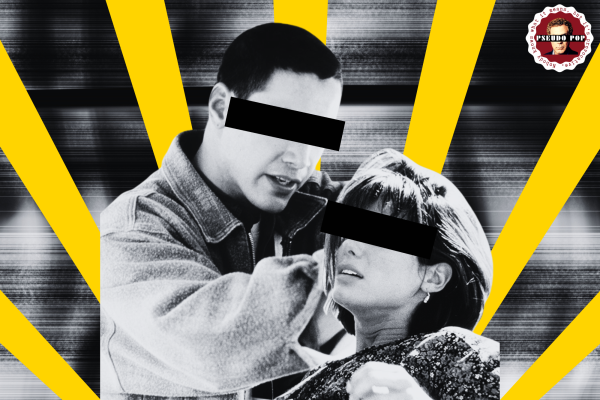
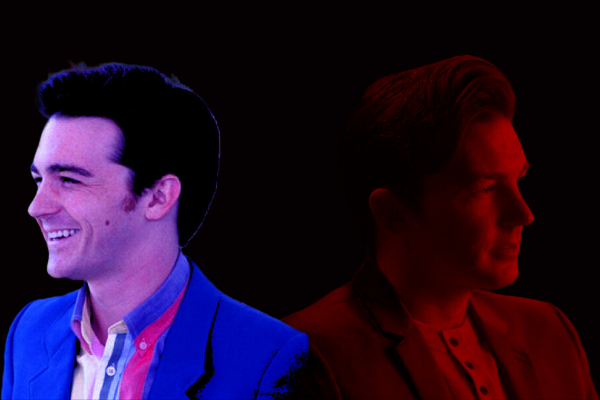
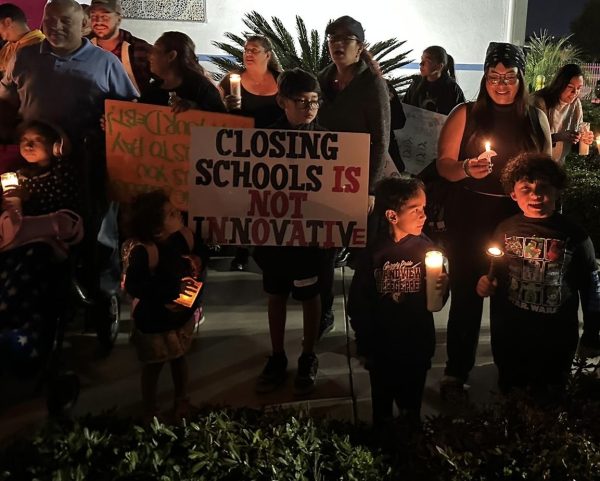
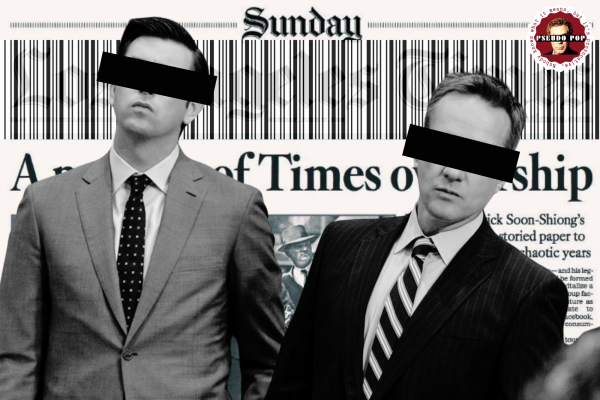
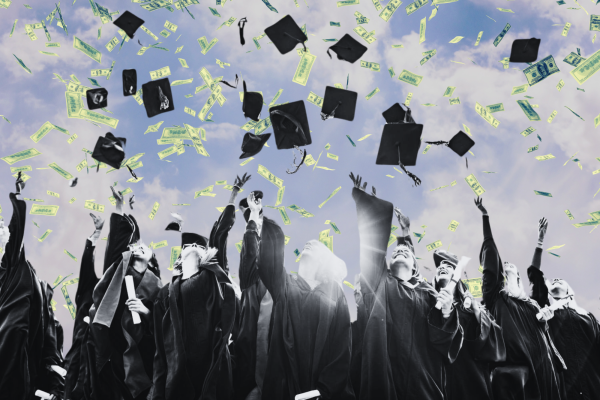
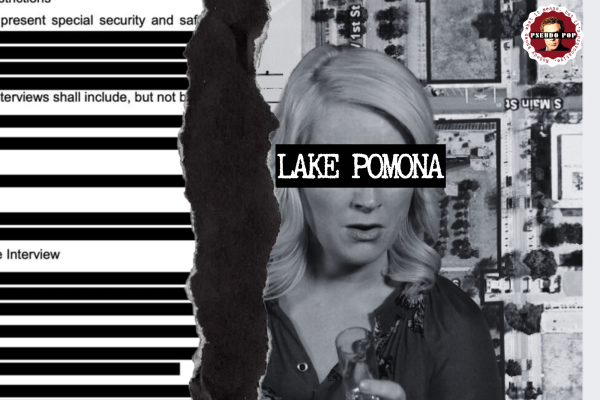
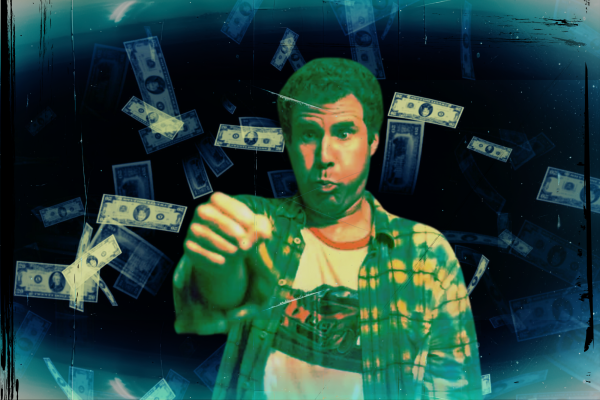
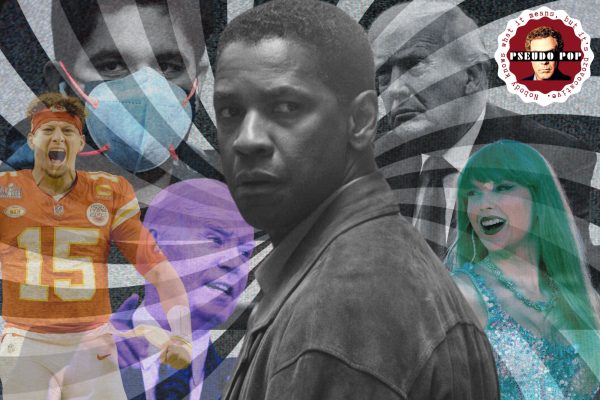
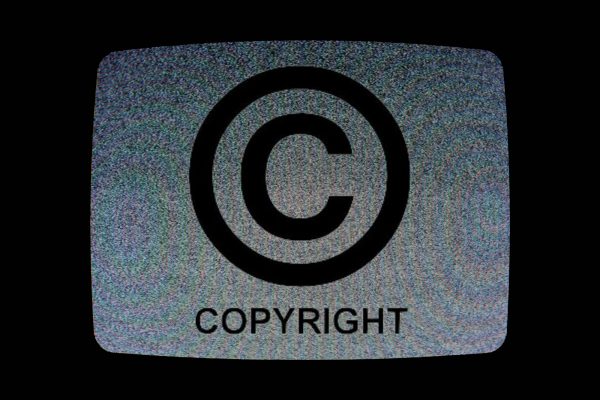
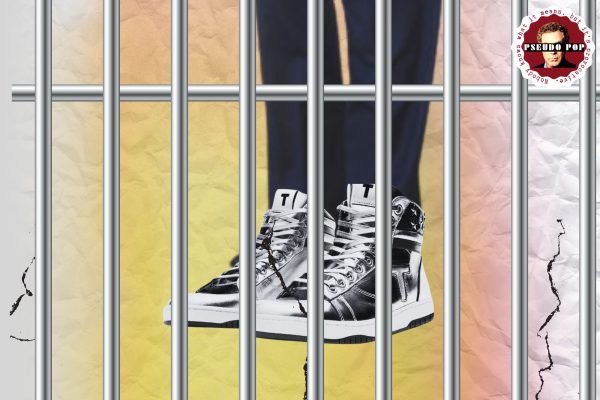
Kayvon Makanvand • Apr 7, 2021 at 12:13 pm
This was an interesting read. I think you’ve made an important point about how Asians as a race are quantified indiscriminately. Certainly there’s an argument to be made here for how agencies misrepresent the statistics of certain ethnic groups by applying broad strokes. While I do agree with the argument you made for the model minority being perpetuated by these misrepresentations, the narratives derived from them seem to be grasping at straws. Why would Whites purposefully detract from racial injustices faced by one group by redirecting attention to another? From what you are suggesting, the reason could be either purely malicious intent, or else by some failure to interpret the statistics correctly (let’s also assume that there exists a bit of racist tendencies here).
On one hand, it would seem that the U.S. is completely dominated by White nationalists, and they hate Black people so much that they are willing to draw extra attention to another minority group in a last-ditch effort to maintain their narrative… On the other, maybe some ill-informed racists jumped to false conclusions. I would argue that the latter is more likely, and reject the idea that calling attention to the Asian community detracts from attention called to the Black community, nor does it benefit Whites.
Being terrorized by others on the basis of your identity is wrong no matter what racial identity that person being terrorized is a part of. Similarly, it shouldn’t matter what race the person is who does the terrorizing. As a peaceful, interracial society, should it not be enough to condemn violent crimes of all kinds (especially those that are racially charged,) irrespective of racial identities? I believe that is something we can all agree on.
You mentioned that Asians are used as a scapegoat, but I fail to see how this should be blamed on “White America”. How exactly does this narrative benefit Whites? There are certainly a lot of Whites in America, but I would argue that this racial identity is just as erroneously misrepresented as ‘Asian’. ‘White’ is an admissible description of anyone with light skin and European features; this includes a diverse list of ethnicities ranging from all of the countries of Europe, some in Asia, which includes the Middle East, and Africa.
The suggestion of the idea of “White America” is arguably more racist than the racism suggested by your reliance on the “model minority”. Exactly which particular groups contained within the monolith of “White” benefit the most from this narrative?
It seems to me that calling special attention to the race of the victim is just as insulting as it is to generalize the actions and intentions of the member of the race that committed the hate crime. If we are to uphold common decency and respect among all races, our application of justice should be as indiscriminate as our statistics are, apparently. Why should we think that racism directed towards one group is more significant than another? In my opinion, they all ought to be equally significant for the reason that racism is just flat-out wrong!